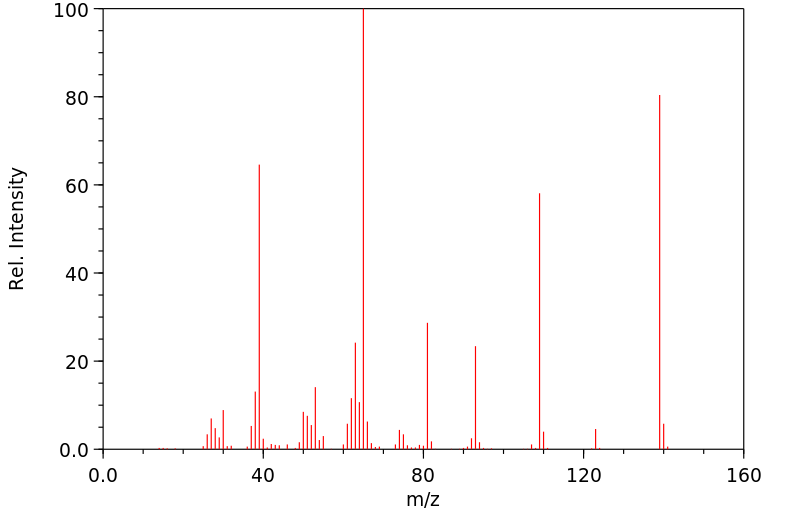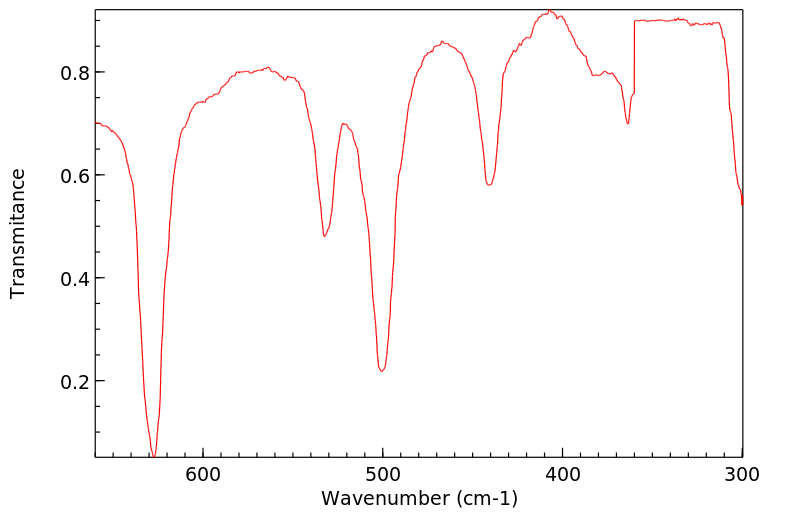代谢
两栖纲的Rana temporaria和Xenopus laevis在24小时内能够排出90-95%剂量的酚、4-硝基酚和2-甲基酚,并且代谢掉50-65%的剂量,程度大致相同。两种物种排出酚的动力学数据符合两室模型。Rana和Xenopus的消除常数没有显著差异。代谢主要是通过葡萄糖苷酸化和硫酸化对原始酚进行共轭作用。此外,还发生了氧化反应,从2-甲基酚生成二羟基酚和苯甲酸,以及4-硝基酚的还原,之后进行共轭作用。Rana和Xenopus的代谢物模式之间存在一个重要的差异,即后者无法通过葡萄糖苷酸化来代谢酚。由于两种物种产生的代谢物数量相似,Xenopus通过增加其他代谢物来补偿其无法进行葡萄糖苷酸化的能力。
Rana temporaria and Xenopus laevis excrete 90-95% dose, and metabolize 50-65% dose of phenol, 4-nitrophenol, and 2-methylphenol within 24 hr, to about the same extent. Kinetic data for the excretion of phenols from both species fit a 2 compartment model. The elimination constants of Rana and Xenopus are not significantly different. Metabolism is mostly conjugation by glucuronidation and sulfation of the original phenols. Additionally, oxidations leading to dihydroxyphenols and benzoic acid from 2-methylphenol, and reduction of 4-nitrophenol, occur, followed by conjugation. There is an important difference between the metabolite patterns of Rana and Xenopus in that the latter is unable to glucuronidate phenols. As the amt of metabolites produced is similar in both species, Xenopus compensates for its inability to glucuronidate by increasing other metabolites.
来源:Hazardous Substances Data Bank (HSDB)









